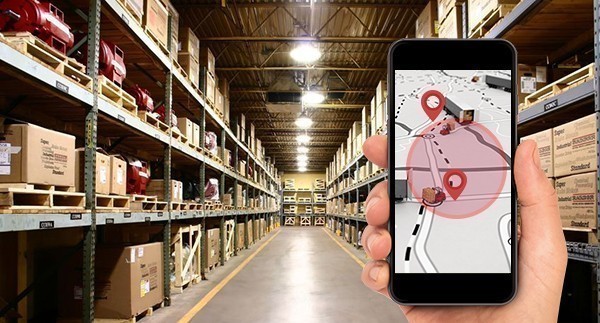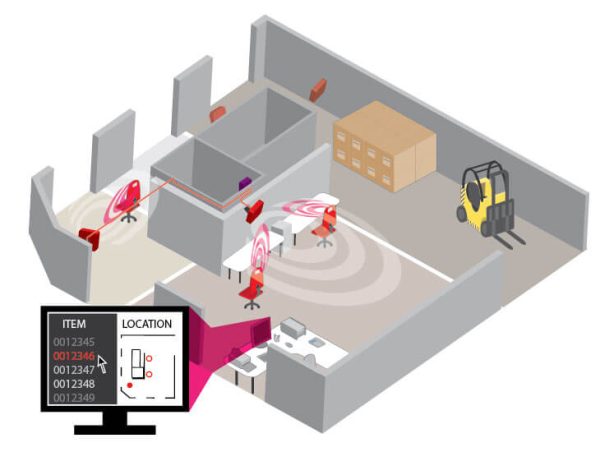
“Assets” are critical to the operations of nearly every business; while some might have just a handful of assets, others could list them in the thousands. Regardless of the size of your business, one thing is certain: asset tracking is crucial to a company’s success.
In this article, we’ll explain what asset tracking is and explore the benefits of investing in it. By the end, you’ll have a better understanding of why it’s so important and how it can help your business achieve its goals.
What is Asset Tracking?
Asset tracking refers to the practice of managing a company’s physical assets. It involves tabulating these items and equipping them with organizational elements like GPS systems, barcodes or radio-frequency identification (RFID).
Companies can track both tangible and intangible items, both of which are essential to a company’s operations. Common examples of physical assets include equipment, tools, furniture and vehicles. Meanwhile, intangible assets are items such as copyrights, patents and trademarks.
It’s important to note here that assets aren’t the same thing as inventory. While both belong to your business, the first is a tool and the other is a disposable supply. You can use assets to track inventory, but not the other way around.
How Does Asset Tracking Work?
Tracking assets usually involves the use of one or more organizational systems that help keep tabs on items, their status and location.
The following are some of the most common technologies asset tracking tools use along with an explanation of the functional value that they deliver.
Barcodes
Larger physical items are often labeled with barcodes to simplify the process of inventorying and tracking them. Once an item has been barcoded, it can be scanned with a mobile device or dedicated barcode reader to retrieve information about it.
This system is very useful when it comes to keeping tabs on high-value equipment or tools that are used infrequently. For example, a company might use barcodes to track the location of heavy machinery so that they can be properly maintained and serviced.
RFIDs
RFID tags are a type of wireless barcode that can be used to track the location of an item in real-time. These tags are affixed to an asset and emit radio signals that can be picked up by an RFID reader. See examples here and here.
This system is often used in warehouses and other large facilities where there is a need to track the movement of multiple items at once.
GPS
GPS uses the global positioning system to pinpoint the location of a particular item. This information is then transmitted to a central server where it can be accessed by authorized personnel. An example can be found here.
GPS asset tracking is valuable for companies that need to keep tabs on assets that move long distances, such as vehicles. It’s also useful for monitoring the location of high-value items that might be susceptible to theft.
The great thing about GPS technology is that it can maintain accurate logs of positioning data as well as work with geofencing features to trigger alerts when an asset enters or leaves a particular area.
Why is Asset Tracking Important? The Benefits
Asset tracking isn’t just for large companies with tons of assets; it can be a valuable tool for small and medium-sized enterprises as well. Here are just some of the benefits:
Improve Your Business’s Overall Efficiency
By having a clear and up-to-date picture of all your company’s assets, you’ll be able to better utilize them to achieve your business goals.
What’s more, you’ll also be able to avoid situations where critical assets are misplaced or stolen, both of which can lead to significant disruptions in your operations.
Reduce Your Operating Costs
This is achieved in two ways. First, by ensuring that your assets are properly utilized, you’ll be able to avoid wasting money on unnecessary purchases.
Secondly, by keeping track of your assets, you’ll be less likely to lose them, which can save you a lot of money in the long run.
Improve Your Customer Service
Happy customers are often the result of efficient and effective operations; this is precisely what asset tracking can help you achieve.
By having all the information you need about your assets at your fingertips, you’ll be able to quickly and easily resolve any issues that may arise, which will no doubt be appreciated by your customers.
Make Better Business Decisions
By having access to accurate and up-to-date data about your assets, you’ll be able to plan for the future more effectively and make informed decisions about where to allocate your resources.
Investing in an asset tracking solution is a smart move for any business, big or small. If you’re looking to improve your business’s efficiency, reduce operating costs, or simply make better decisions, contact your ZenduiT consultant today and ask about the right solution for your business needs.


